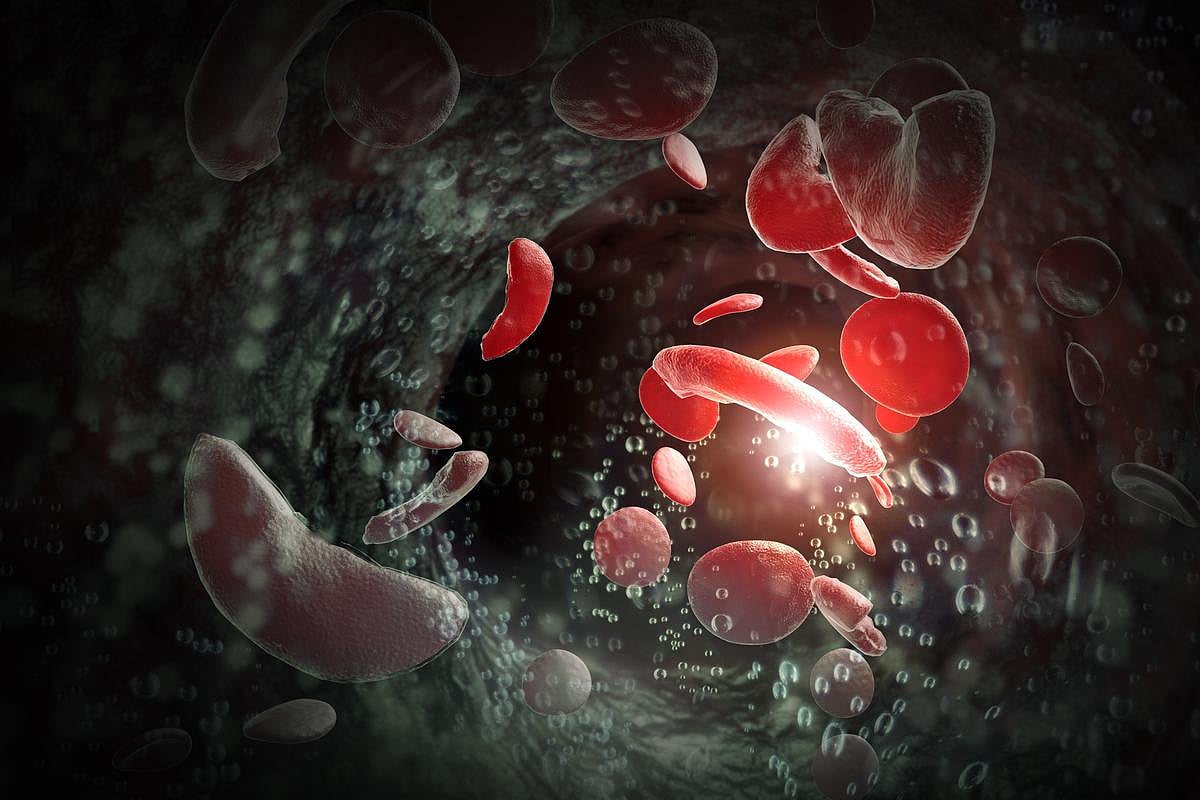Get Healthy!

- Dennis Thompson
- Posted September 20, 2024
Stroke Rates Rising in Adults and Kids With Sickle Cell Disease
Stroke rates continue to rise among adults and children living with sickle cell disease, despite new standards of care meant to lower their risk, a new study finds.
People with sickle cell are vulnerable to strokes caused by a blood vessel to the brain either bursting or becoming clogged, researchers said.
Following a landmark 1998 clinical trial, doctors adopted regular red blood cell transfusions as a means of decreasing the odds of stroke in high-risk children with sickle cell disease.
But new research shows that the risk of stroke continues to increase as patients get older, doubling with every 20 years of age.
Overall, the risk of a brain-bleed stroke increases 13-fold between ages 20 and 60 for people with sickle cell disease, researchers reported Sept. 20 in the journal Blood.
And despite a two-year decrease in strokes following the 1998 study, the highest rates of all strokes occurred across all age groups in the most recent decade, the 2010s, researchers found.
“Even in children, who probably get the best care for patients with sickle cell disease in this country, these trends are opposite what we would hope,” said senior researcher Dr. Ted Wun, associate dean for clinical and translational research at the University of California, Davis School of Medicine.
For the study, researchers analyzed California emergency room and hospital data to identify more than 7,600 patients with sickle cell. Nearly 10% of those patients suffered a stroke in subsequent years.
The increase in strokes could be due to doctors not regularly performing brain ultrasounds on sickle cell patients to assess their risk, researchers said. Doctors also might not be performing enough blood transfusions or not regularly using hydroxyurea, a drug that decreases the likelihood of blood cells forming a sickle shape.
Other factors increasing a sickle cell patient’s risk of stroke included high blood pressure, high cholesterol and the occurrence of short-lived blood clots that temporarily block blood vessels leading to the brain.
The rising stroke rates “emphasize the need to pay attention to screenings for high cholesterol, high blood pressure and other risk factors in adults,” said lead researcher Dr. Olubusola Oluwole, an assistant professor at the University of Pittsburgh.
“As hematologists, our training emphasizes that the risk of stroke is highest in young children, but I think that has resulted in far less attention being paid to adult patients,” Wun said in a journal news release. “The preventive steps that we know help prevent stroke in the general population are just as important for people living with sickle cell disease."
More information
The U.S. Centers for Disease Control and Prevention has more on sickle cell disease and stroke.
SOURCE: American Society of Hematology, news release, Sept. 20, 2024




